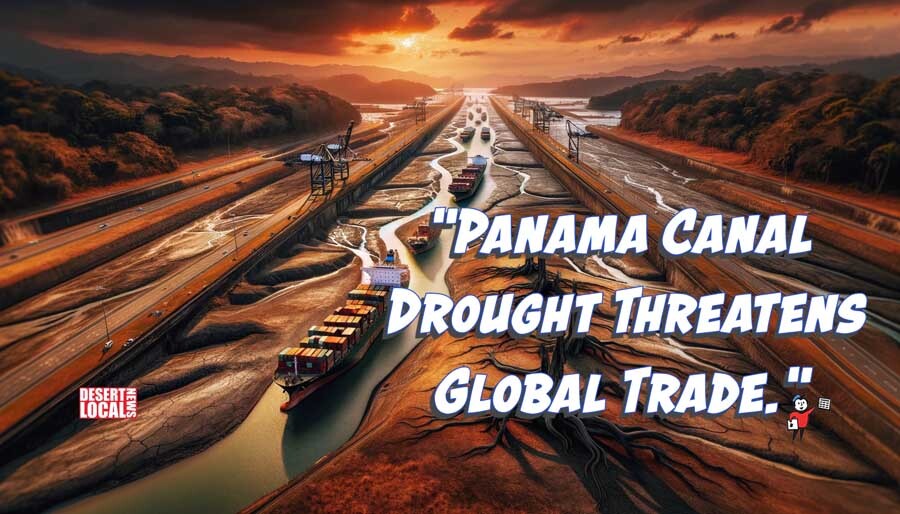
Posted by - News Staff![]() \
\
January 19, 2024 \
Filed in - Business \
Panama Canal Drought Global Trade Ricaurte Vásquez El Niño \
1.3K views \ 0 comments \ 0 likes \ 0 reviews
DLNews Biz:
In Panama City, a severe drought commencing last year has prompted a drastic reduction in ship crossings through the Panama Canal, a critical artery in global trade. On Wednesday, the canal's authorities announced that crossings would be cut by 36%, an adjustment set to impact the economy beyond initial expectations severely.
Ricaurte Vásquez, the Panama Canal Administrator, has revised the financial forecast due to the reduced water levels, predicting losses between $500 million and $700 million in 2024, a significant increase from the estimated $200 million.
The Panama Canal, stretching over 50 miles (80 kilometers), is now grappling with one of the most intense droughts in Central American history. This natural calamity has led to substantial vessel congestion and raised questions about the canal's dependability for international shipping, with broader implications for global trade.
Recognizing the severity of the situation, Vásquez emphasized the urgency for Panama to confront and resolve this water crisis. "It’s vital that the country sends a message that we’re going to take this on and find a solution to this water problem," he stated.
This disruption arrives at a critical juncture, with the Panama Canal as a primary trade conduit between Asia and the United States. Concurrently, attacks on commercial vessels in the Red Sea by Yemen’s Houthi rebels have diverted shipping away from this crucial passage for consumer goods and energy supplies, compounding the impact.
Analysts had noted that some companies considered rerouting through the Red Sea, a pivotal link between Asia and Europe, to circumvent delays in the Panama Canal. However, this alternative is only viable for some, given the current circumstances.
On Wednesday, Vásquez announced a reduction in daily ship crossings to 24 from the typical 38, noting a 20% decrease in cargo and 791 fewer ships in the first fiscal quarter compared to the previous year. He acknowledged this as a "significant reduction" for Panama. Still, he highlighted that improved water management and increased rainfall in November had enabled the maintenance of adequate water levels for 24 ship crossings daily until the end of April, marking the onset of the next rainy season.
The canal authorities have linked the drought to the El Niño weather phenomenon and climate change, underscoring the urgency for Panama to identify new water sources for both the canal's operations and human consumption. The lakes that feed the canal also supply water to over half of Panama's population, exceeding 4 million people.
Vásquez stressed the nationwide scope of this issue, saying, "The water problem is a national problem, not just of the Canal. We have to address this issue across the entire country." This situation underscores the broader implications of environmental changes on global trade infrastructure and the urgent need for comprehensive solutions.
At Desert Local News, connections are everything. We're not just another social networking platform—we're a lively hub where people from all walks of life come together to share stories, spark ideas, and grow together. Here, creativity flourishes, communities grow stronger, and conversations spark global awareness.